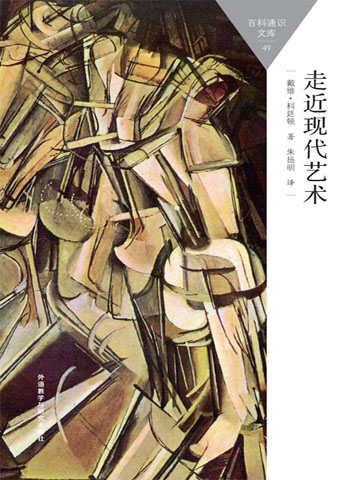快速为你解读何为“现代艺术”。
什么因素决定了一件作品是“现代的”?选定标准是如何制定的?艺术经纪人在其发展过程中扮演何等角色?现代艺术家通过自己的创作究竟想表达什么?作者以深入浅出、通俗易懂的方式阐述和解读了这些问题,同时运用丰富生动的例证评析了与现代艺术发展有关的历史和文化现象。
Public interest in modern art continues to grow, as witnessed by the spectacular success of the Tate Modern in London and the Bilbao Guggenheim. Modern Art: A Very Short Introduction engages general readers, offering them not only information and ideas about modern art, but also explaining its contemporary relevance and history. The book focuses on interrogating the idea of "modern" art by asking such questions as: What makes a work of art qualify as modern, or fail to? How has this selection been made? What is the relationship between modern and contemporary art? Is "postmodernist" art no longer modern, or just no longer modernist? In either case, why--and what does this claim mean, both for art and the idea of "the modern?"Cottingham examines many key aspects of this subject, including the issue of controversy in modern art, from Manet's Dejeuner sur L'Herbe (1863) to Picasso's Les Demoiselles, and Tracey Emin's Bed (1999). He also looks at the role of the dealer from the main Cubist art dealer Kahnweiler, to Charles Saatchi.
- 版权页
- 绪论
- 第一章 前卫派溯源
- 第二章 现代媒介,现代信息
- 第三章 从毕加索到波普偶像:艺术家的显赫地位
- 第四章 炼金术实践:现代艺术和消费主义
- 第五章 跨过标杆:不管下一步如何?
- 书评 写书评
- 笔记
-
书评加载中...























 京公网安备 11010802032529号
京公网安备 11010802032529号
笔记加载中...